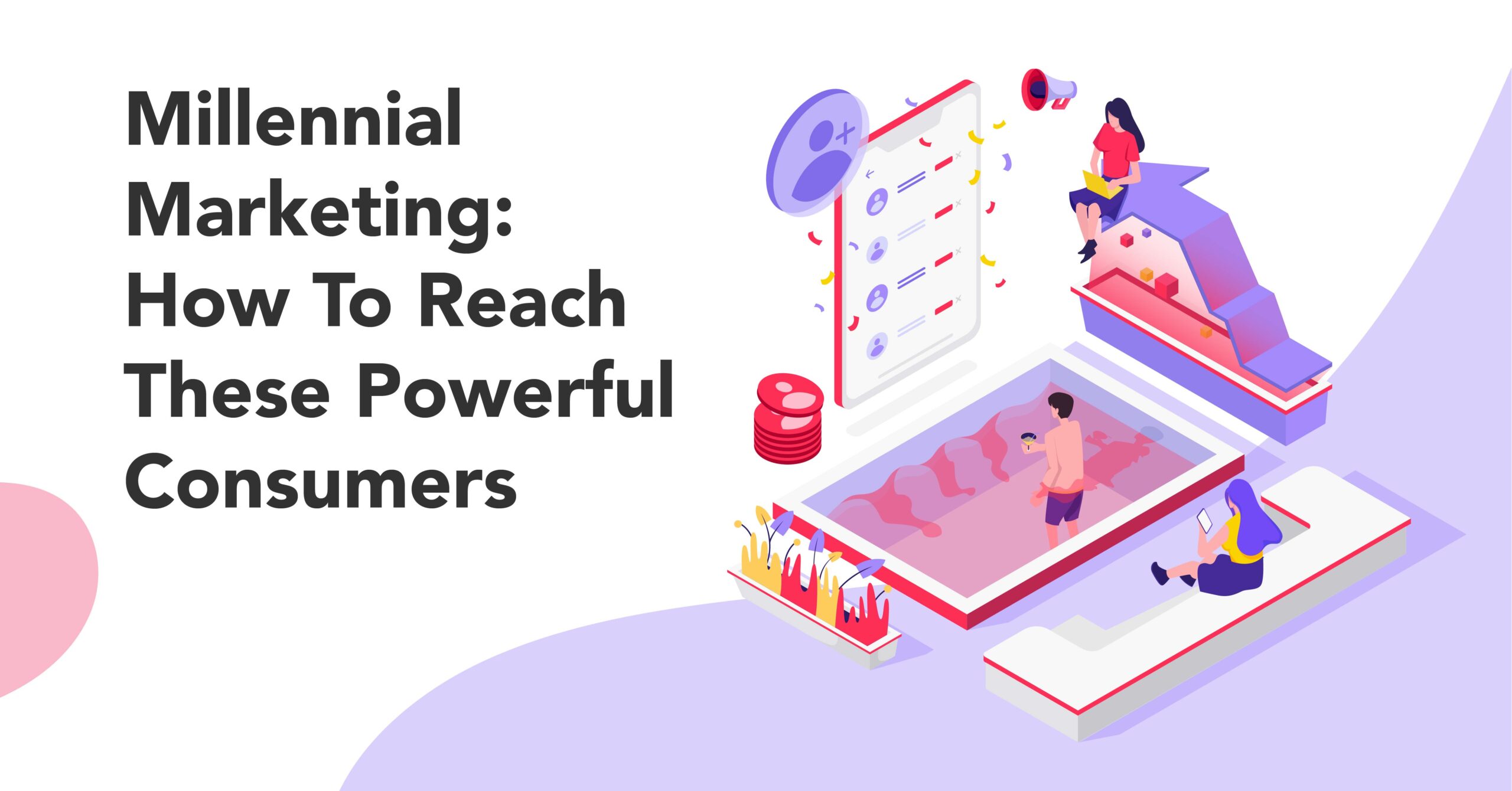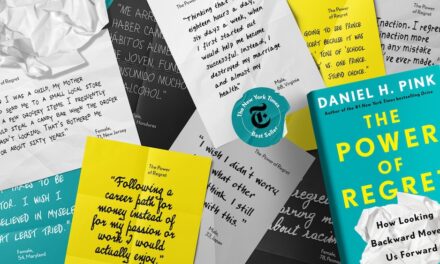Millennials (ages 21 to 35) are becoming the world’s most powerful consumers. They are expected to surpass Baby Boomers in population, and according to a UBS Group study, Millennials will hold a collective annual buying power of $24 trillion by 2020.
All of this is to say that at one point or another your client or your business will have to consider how Millennial behavior impacts your marketing strategy. There are perils in generalizing an audience based on their generation, and I’ll get to that at the end, but there are cold hard facts that need to be taken into consideration when marketing to the largest demographic in the United States.
Here’s one fact: Millennials have grown up during a technological revolution. Our personal devices are more sophisticated than ever before, the speed of information has never been faster, and the importance of creating a “digital experience” has never been greater. That means that the demands that Millennials have for brands have also changed—and it’s reshaping the way consumers experience technology and marketing.
In this article, I’ll cover four trends in Millennial marketing and why you should factor them into your marketing strategy.
Trend 1: Companies targeting Millennials are considering AI more and more
Marketers and brands are competing against each other to provide the most engaging digital experience to their prospects and customers. Machine learning, and AI can help tip the scale by converting what would’ve been unwanted marketing spam into thought-provoking and engaging content, which known as “experiential marketing.” A great example is Delta Airlines using AI to deliver personalized and hyper-relevant marketing based on customer data.
Using airline, location, transactional, and loyalty data, DMNews says that, “Delta created a matrix of elements that would dynamically populate an email with targeted content based on a traveler’s specific scenario.” Examples include sending emails to passengers to upgrade their ticket based on their seat assignment or sending passengers location-based recommendations based on their final destination. The result? Customer engagement soared: email open rates doubled, and the airline was left with a 5% incremental lift in upgrade revenue.
What this means for you
This is the era of experience. You’re no longer bound to 2-D formats, all you need are some creativity and the determination to implement your ideas. Think about building one experience-based campaign a year, even if that means having a pop-up stand somewhere or using augmented reality (AR) at an event to tell a story.
Trend 2: We live in a “sharing” economy
Why did you choose to buy that specific brand of shampoo on Amazon? How did you decide to go to that Indian restaurant last Friday? You decided based on the opinions of others, or maybe the opinion of just one person—an influencer. Of course, we don’t want to generalize here. Maybe you don’t even like Ethiopian food, but one point is clear: people can broadcast their opinions through the Internet (Yelp, Airbnb, Amazon, etc.), and it’s impacted the way we make purchasing decisions.
Hearing about brands and products through word of mouth has always mattered in marketing, but it’s never been as amplified a channel as it is now and that’s because of the democratization of the Internet. We now live in a sharing economy where opinions can be thought of as currency.
Time magazine sums up the power of influencers over Millennials accurately in the following statement: “You are going to like what a friend tells you about far more than what an ad campaign does, even if that friend is a celebrity trying to make money and that friendship is just a reply to one tweet.”
The rise of social media and influencer marketing has even created a new phenomenon: FOMO (Fear Of Missing Out). This “fear” has led consumers to place more emphasis on one particular question during the customer journey: How will this impact my personal image? As a generation, Millennials are now hyperaware of what their peers are doing because of the way content gets shared online, and, as a result, it’s changed the way they choose to purchase. In fact, about 58% of them according to Forbes don’t mind watching ads if they are in support of their favorite digital personalities.
What this means for you
This message rings true for both B2B and B2C content creators: you need an influencer strategy. The influencer strategy may look different from business to business, but if you haven’t already done so, consider a partnership with a person who has a highly valued voice in your industry. Your influencer strategy will help your company to build trust among your audience, and it will likely help any campaign to create buzz and word of mouth. Don’t have a big budget for a well-known influencer or celebrity? Go the nano-influencer route. Cannon brought on amateur photographers with a large block of Instagram followers to generate buzz around their brand. Macy’s and Amazon recruit employees to act as brand ambassadors and incentivize them to promote products on social media in exchange for a portion of the profits.
Trend 3: Community and user-generated experiences are thriving
This trend goes hand in hand with trend 2. The call for transparency and authenticity has been made, and brands can no longer just spew out their advertising to the masses and expect to be successful. People want to be heard, and they want to feel like brands care about them.
Since Millennials grew up in the digital era, they tend to know when they’re being sold to, and traditional marketing just isn’t going to cut it for them. So how do we connect with this emboldened group of people? The answer is with community and inclusivity.
Brands are increasingly relying on user-generated content (UGC) as a method for building trust and community within their audience base. According to a study by Olapic, 56% of consumers are more likely to buy a product that they’ve seen in real-life images posted by another consumer that they feel is “relatable”.
The word “community” connotes a sense of belonging and connection, so it’s not surprising that brands are starting to amplify their social media presence with an always-on approach. Bad feedback can spread just as fast as good feedback. What we’ve seen, and what we’ll continue to see this year, are companies that instantly respond to social media comments and feedback. This commitment to dialogue and urgency shows audiences that their voice is being heard and is often repaid with loyalty.
What this means for you
The Millennial generation craves and, most importantly, expects brands to interact with them on a personal level. Having a user-generated content strategy is an easy way to start if you’re a B2C enterprise. B2C companies that aren’t utilizing a UGC strategy are likely missing out on a considerable opportunity to win over this demographic.
The next time you launch a product, encourage your audience base to share photos of themselves with it or to participate in a contest for best photo submission. Create stories! This will help to develop an authentic and personal touch around your product, as well as your brand.
Trend 4: Visual strategy needs to disrupt to attract
Millennials are distracted. They were born in the digital era, they’ve experienced laptops in school, cell phones with video, and in-air entertainment. Such is the norm when you are a digital native and Internet is your language. But what it really boils down to is this: There are a lot of distractions (digital and non-digital), and brands are having a hard time breaking through.
When it comes to focusing your content strategy on this demographic, it pays to be disruptive. Whether you’re running a direct-mail campaign or a full-scale integrated marketing campaign, there comes a time where you need a hook, and sometimes words aren’t enough.
Enter visual disruption. Fyre Festival was a music festival that generated millions of dollars from guests who expected a luxurious experience, but instead received soggy sandwiches and damp mattresses. But a lot had to go right before it went wrong. and it all started with the hook: the orange square.
Fyre Festival needed to create buzz, so they hired an agency to help them gain traction. Their target audience was the Millennial generation. And where do they live? On social media. Think about how you use Facebook or Instagram: you scan, you swipe, and you view things at lightning speed. Taking this into consideration: The agency knew that there needed to be something that would make people stop and pay attention, and it turns out it was just an orange square. Fyre Festival announced their launch with just a simple orange square and one small call to action at the bottom. And then they used their influencer network to publish these squares at the same time and—boom!—it worked. People were curious, they were stopped in their tracks, and they had to ask, “What does this mean?” That orange square, born of an understanding of Millennial behavior, is what kicked off Fyre Festival’s Netflix-worthy documentary on this fraudulent marketing campaign.
What this means for you
Think about color disruption when creating a new product line or service. How can you ensure that your product is selected out of similar products that are available in the market? Our company goes through a process when developing brands that includes a competitor color audit, in which we scan the competitive landscape and analyze brand colors. Whatever colors are not being used are the colors we will likely favor to build the brand identity for our clients.
Conclusion
The Millennial generation will not remain Millennials – at least not who we know them to be today. As their generation ages, the experiences that they require will also change. That is the conundrum with generational marketing: We should not take anything else into consideration except how their behavior changes as a response to what is going on in their digital environment.
The Millennial generation is the most diverse of all its precursors, and so it is important to keep generalizations to a minimum. What we can do, however, is use the data that we have on behavior and its influence on marketing to create more meaningful experiences.







